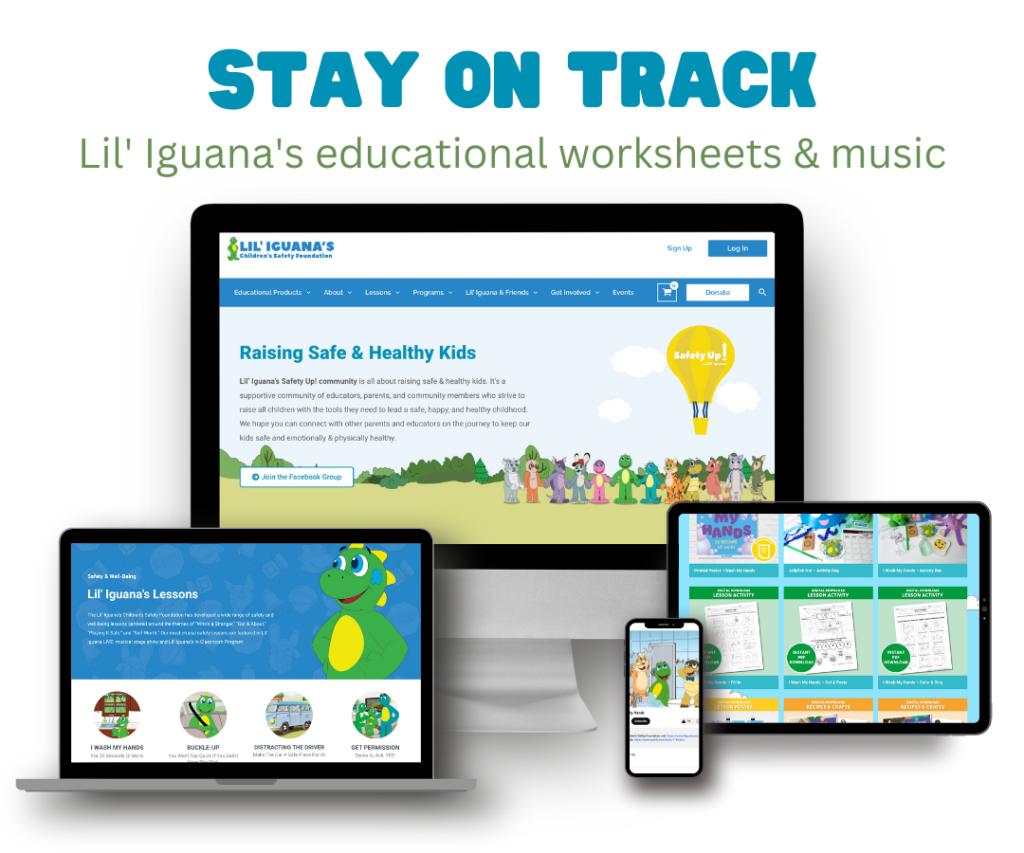Encouraging Active Play and Physical Health
Helpful Strategies for Parents
In today’s tech-savvy world, where screens and devices often take center stage, it’s more important than ever to encourage active play and prioritize physical health in children. Active play not only fosters physical fitness but also supports emotional well-being, social development, and cognitive growth. Explore many benefits of active play and provide tips on how to promote physical health in children.
Active play and physical health are essential components of a child’s development and well-being. By fostering a love for physical activity and creating a supportive environment, we empower children to lead healthier, happier lives. As parents and caregivers, we have the unique opportunity to instill lifelong habits that promote not only physical fitness but also emotional resilience, social skills, and cognitive growth. Let’s inspire the next generation to grow strong, explore their potential, and embrace the joy of an active and healthy life.
1. The Multifaceted Benefits of Active Play
- Physical Fitness: Active play helps children develop strong muscles, sturdy bones, and healthy cardiovascular systems. It significantly reduces the risk of childhood obesity and related health issues.
- Cognitive Development: Engaging in physical activities enhances brain function, leading to improvements in memory, attention span, and problem-solving skills. It is also closely linked to better academic performance.
- Emotional Well-being: Active play releases endorphins, the body’s natural mood lifters, reducing stress and anxiety in children. It teaches them valuable emotional coping mechanisms and enhances their self-esteem.
- Social Skills: Playing with others fosters teamwork, communication, and conflict resolution skills. It helps children build positive relationships and develop empathy.
- Creativity and Imagination: Active play often involves imaginative scenarios and role-playing, nurturing creativity and storytelling skills in children.
2. Leading by Example
Children are more likely to embrace an active lifestyle if they witness their parents or caregivers actively engaged in physical activities. Set a positive example by prioritizing your own physical health and making exercise a family affair.
3. Creating a Safe and Accessible Environment
Ensure that your home and outdoor spaces are safe and conducive to active play. Remove hazards, provide age-appropriate equipment, and establish clear boundaries to support a risk-free environment.
4. Limiting Screen Time
Set reasonable screen time limits for recreational use of smartphones, tablets, and video games. Encourage children to opt for active play options instead.
5. Embrace a Variety of Activities
Expose children to a diverse range of physical activities such as swimming, cycling, hiking, dancing, and team sports. This helps them discover their interests and talents.
6. Making Active Play Fun
Remember, active play should be enjoyable, not a chore. Organize games, challenges, and outings that make physical activity a fun and exciting part of daily life.
7. Encouraging Outdoor Play
Spending time in nature offers additional benefits. Encourage outdoor play in parks, gardens, and green spaces to help your children connect with the natural world.
8. Setting Realistic Goals
Assist your children in setting achievable physical goals, whether it’s completing a fun run, learning a new dance move, or improving their soccer skills. Celebrate their accomplishments to fuel their motivation.
9. Family Fitness Time
Designate time for family fitness activities like hiking, biking, or playing a sport together. This promotes bonding and establishes a positive family culture centered around physical health.
10. Active Playdates
Arrange playdates with friends that involve active games or sports. Children often engage more enthusiastically when they’re with peers.
11. Reinforce Positive Habits
Praise children for their efforts and achievements in active play. Positive reinforcement goes a long way in building a lasting love for physical activity.
12. Mindful Recovery
Teach children the importance of rest and recovery. Encourage proper hydration, balanced nutrition, and adequate sleep to support their active lifestyles.
13. Be Flexible
Allow children to explore various activities and interests. Their preferences may change over time, so be ready to adapt to their evolving choices.
Incorporating active play into your child’s daily routine not only promotes physical health but also enriches their overall well-being. By following these tips and embracing an active lifestyle as a family, you’re setting your children on a path to a happier, healthier, and more fulfilling life. So, let’s lace up those sneakers, head outside, and make active play an integral part of your child’s journey to a brighter future.
Printable Activity
Tag @LiliguanaSafety on socials and hashtag it #liliguanafun




